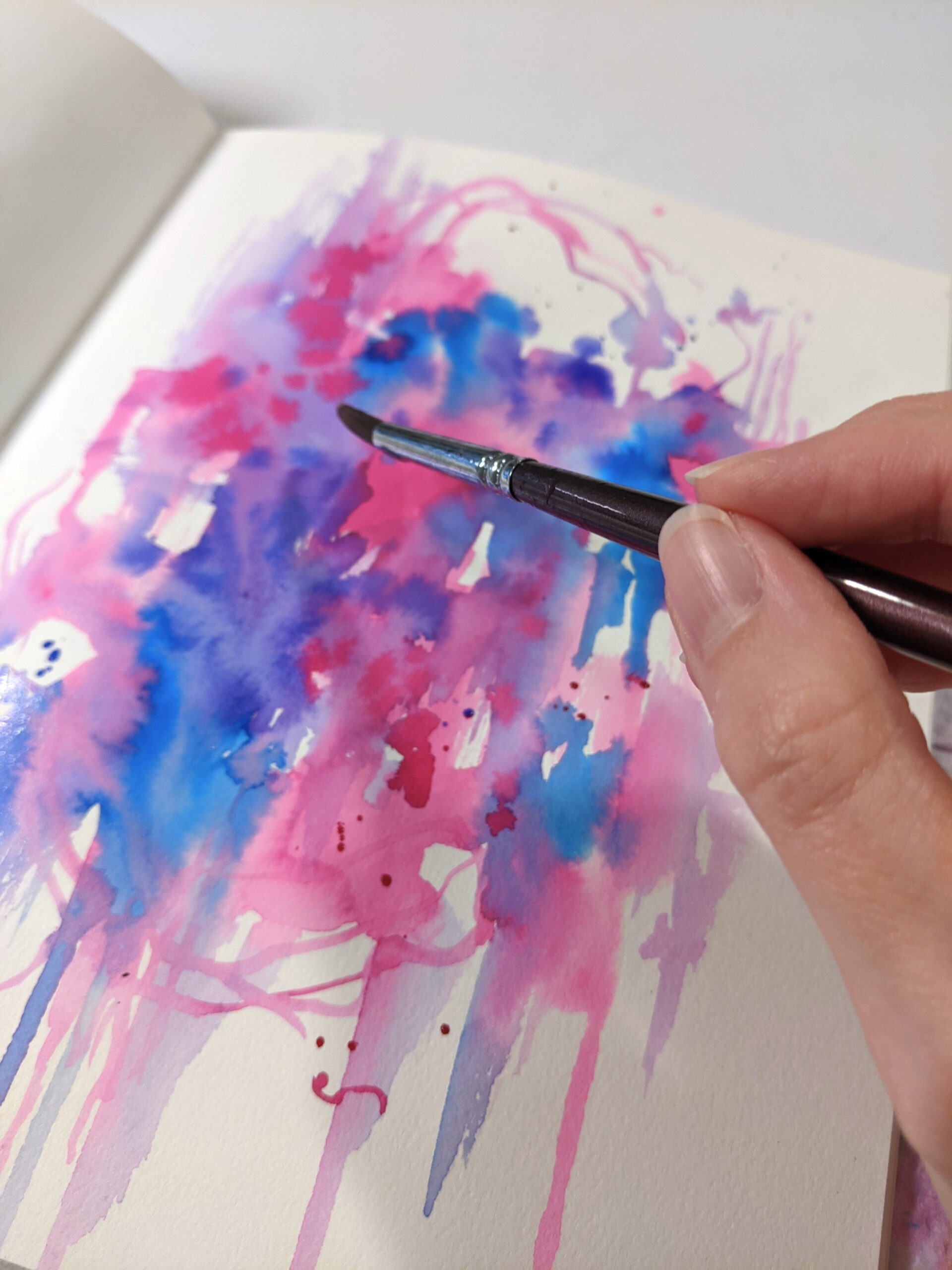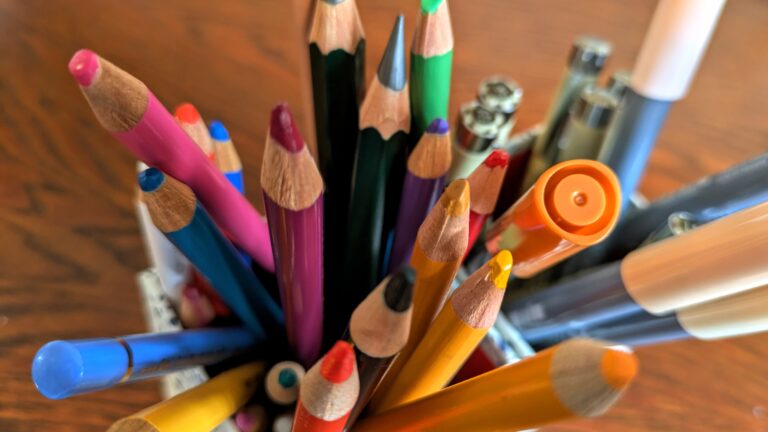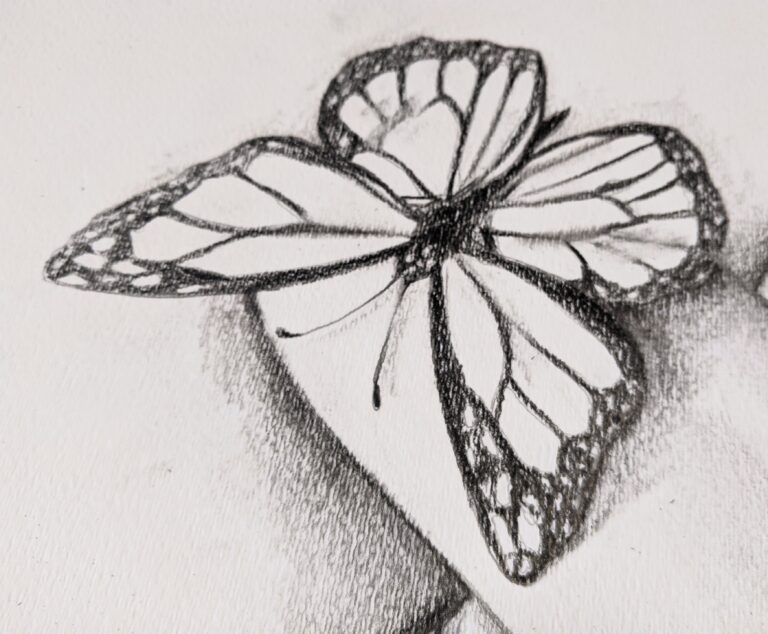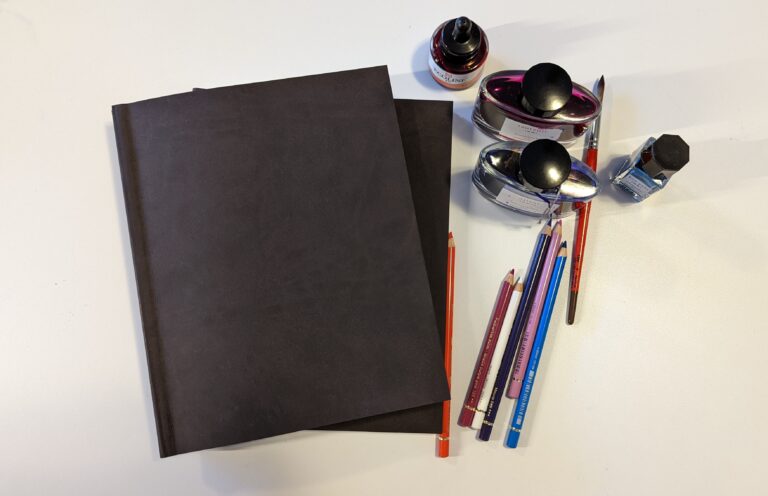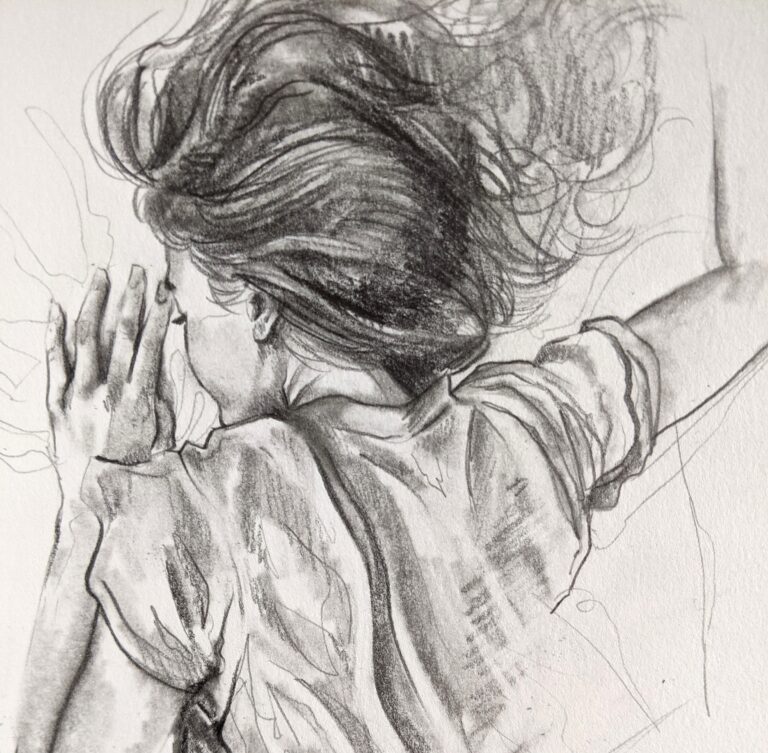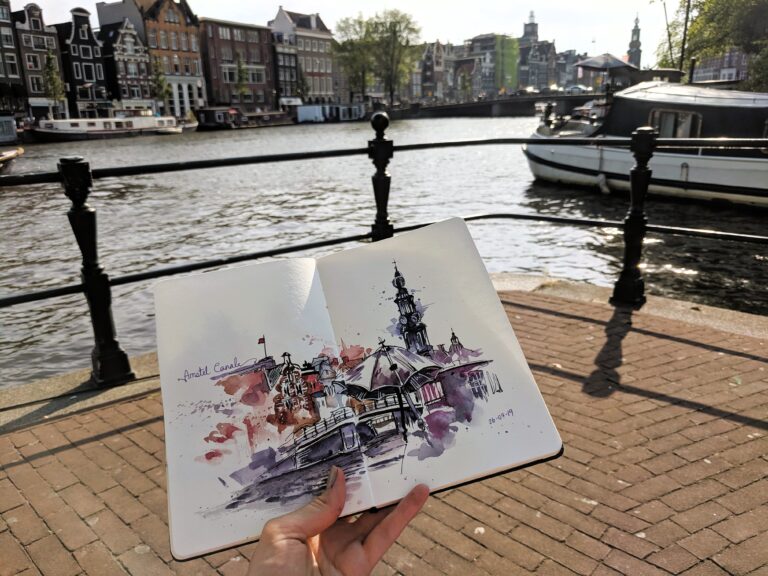Forget the idea of shortcuts or “easy” ways to get better. In fact, growth is more likely achieved through consistent practice, perseverance and a few lifestyle changes.
I believe anything worthwhile takes time.
How much time?
Let’s be honest, becoming the artist that you’ve always dreamed of is a lengthy process; likely many years of work.
Today, I’ll be sharing with you 6 helpful tips on how to genuinely improve your artistic skills and more so, achieve your long-term goals.
So how long will it take to notice a significant improvement in your drawings or paintings?
In art terms, to improve simply means to “better” your skills in order to achieve a desired result.
So what does improvement mean to you? The only way to actually get “better” is to specifically describe what that is. Otherwise, saying “I want to improve” is just too vague.
Honestly, there’s always going to be room for improvement, so you might end up feeling like you’re never satisfied with where you are at in your journey.
Learn to shift your mindset a bit and be proud of wherever you’re at in your artistic journey.
You can achieve your potential with hard work, so it’s only a matter of time.
Why are we always in a hurry?
That’s a question I often ask myself.
In 2025, I think as artists we feel pressure to achieve some sort of measurable “success” while we’re young or at the beginning of our artistic journey.
Maybe you’d like to quit your 9-5 job and become a full-time artist. Or, your ideal job is super competitive and you want to stand out with your technical abilities.
I think for me, it’s the desire to have my own art business and be in control of my schedule for better work-life balance.
I remember graduating from art school and thinking that my “professional” career would begin soon after that.
Well I was wrong. Even though my skills had immensely improved before and after art school, I was nowhere near ready to start a full-time art business.
I tried a few different ventures without much success and eventually got a job as a graphic designer. I was happy that my work would remain creative, but still hoped that one day I could achieve my goal.
I’m currently working towards that goal and will share more on that subject in the near future.
How social media lies to you
In the age of social media, it seems easier than ever to break free from the starving artist stigma, as we’re finally able to connect with our audience and showcase our art worldwide.
However, we’re also competing with thousands of other artists who want the same thing. Plus there are factors outside our control like algorithms and the short-lived nature of some of these apps.
You might spend years learning the ins and outs of a social media application only for it to become irrelevant.
Just remember, social media is not a measure of success nor how good or bad you are.
6 helpful tips to improve your artistic skills including your long-term goals
1) Learn to write realistic goals
Writing clear, concise goals can be a great motivator. Think about those long-term goals you might have with your art, even if they’re looking more like dreams right now.
Manifest what you want to accomplish with your art by writing it down.
Earlier I mentioned wanting to be a full-time artist. Say I want to achieve that goal within the next five years. I’ll have to break down this goal into yearly goals, then monthly and so on.
Some people like writing these goals in a planner or agenda, others do so digitally with apps on their phone. Just make sure you choose a method that works for you.
2) Use your time wisely
This! If you’re like me and you have a limited amount of time to dedicate to making art, then you might want to start planning your studio time in advance.
Try to think about what you want to focus on for that particular session, whether it be a new technique, making thumbnail sketches for a larger piece or using a new colour palette.
When you incorporate a set time each week for art-making, make sure to just show up. Often, we find excuses to do other things because we feel guilty about taking that time for ourselves.
Sure, it might feel more “productive” to do housework, a workout or groceries, but that’s why I make sure to plan time for those things outside my studio time.
3) Accept criticism and learn from it
Oh man, this one is difficult! I’m grateful to art school for frequent critiques, where you try to objectively evaluate someone’s artwork offering valuable feedback to improve said piece, and learning how to accept constructive criticism.
The term constructive is key here. Art is subjective, so don’t let anyone bring you down. Disregard those snarky comments that offer no value or advice on how to improve your artwork.
4) A consistent art practice
I always recommend a consistent weekly art practice, not daily. The reason why is because I believe that taking care of yourself is just as important. So whether you create work three or four times (even just once) a week, that’s entirely up to you.
Just be realistic and try to avoid overcrowding your schedule. As I said, getting enough sleep and finding balance is key to productive work.
Don’t compare yourself to others, just make sure that the time spent in your studio is sustainable and productive.
By all means, if you want to make art every single day, then you do you!
5) Live a creative life
Improving your craft or technical abilities doesn’t just revolve around the time you spend in your studio or workspace.
Fill your free time with learning, exploring and making new discoveries.
Here are a few examples:
- Read books about motivation, productivity, entrepreneurship, finances, marketing, etc.
- Watch tutorials about something you seem to struggle with: fundamentals, loose painting, creating realistic portraits, how to blend your colours, how to make prints of your work, or whatever relates to your personal goals.
- Look at other artists, their process and/or revenue streams.
- Discover new creative hobbies like writing, knitting, embroidery, photography and many more.
- Visit museums, art conventions and galleries near you.
- Learn about the great masters and their work plus create your own Master Study, like this one.
In my opinion, cultivating your creativity and learning about things that relate to your goals will positively impact your growth as an artist.
6) Adjust your expectations
Think of it this way – you can’t compare your growth to a gradual learning curve. It goes up and back down a little, it may become stagnant for a while and then reach a new high.
Don’t get discouraged if you’re not where you’d like to be, because it’s just a matter of time.
Failure is part of learning, so embrace the journey. Keep going!
Key Takeaways
Remember, anything worthwhile takes time. How much time? Becoming the artist that you’ve always dreamed of is a lengthy process; likely many years of work.
6 tips to improve your art:
- Learn to write realistic goals
- Use your time wisely
- Accept criticism and learn from it
- A consistent art practice
- Live a creative life
- Adjust your expectations
Learn to shift your mindset a bit and be proud of wherever you’re at in your artistic journey. You can achieve your potential with hard work.

